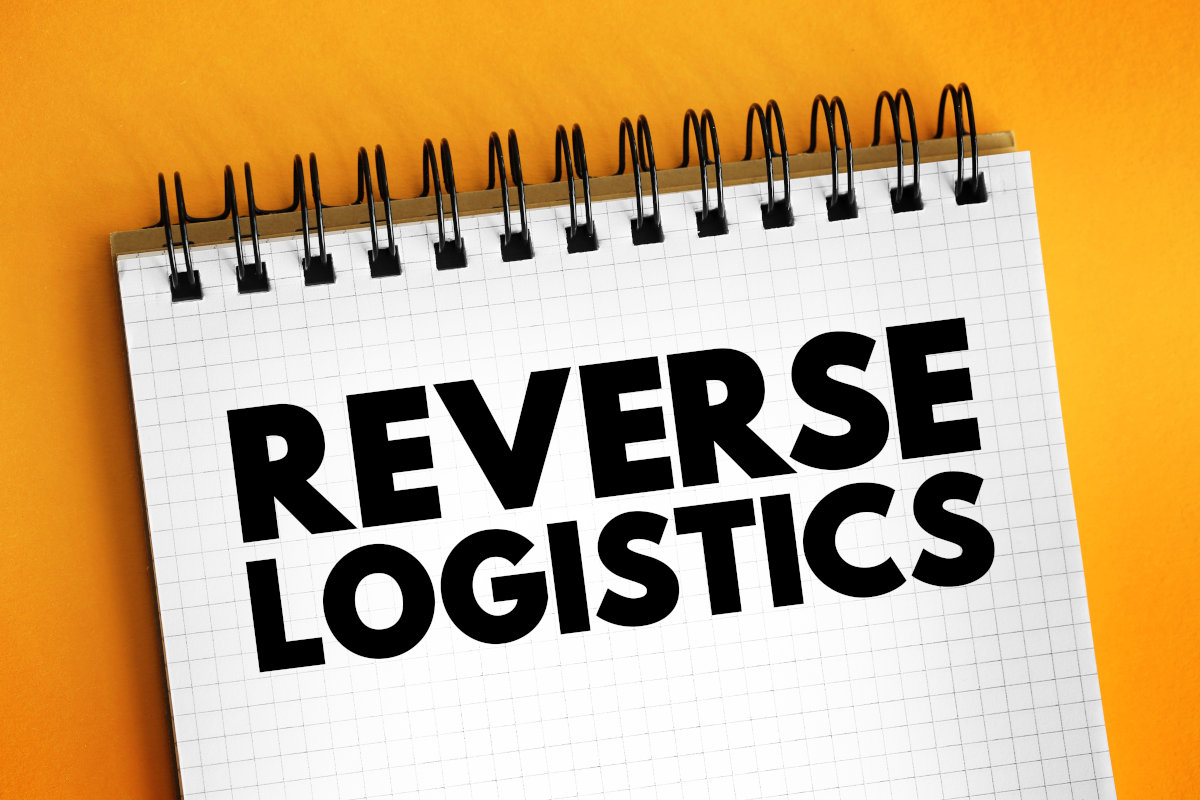As more businesses shift to an online presence, focusing on returns management has become increasingly essential for maintaining a successful business. Returns are an unavoidable part of the digital commerce landscape, and implementing a streamlined reverse logistics process can save time, money, and provide customers with better overall satisfaction.
In this blog, we’ll explore what exactly goes into efficient returns management, from tracking to restocking – ultimately helping your business reduce costs while improving its reputation in the long run.
Why Returns Management Matters
In today’s competitive marketplace, returns management is not just a logistics issue but a critical component of customer experience and business sustainability. Statistics reveal that total retail returns will grow 2.2% to $627.34 billion in 2023, amplifying the urgency for an effective reverse logistics management strategy. By investing in a sophisticated returns management system, businesses can optimise their logistics operations, minimise supply chain disruptions, and enhance customer satisfaction. The return on investment (ROI) isn’t just theoretical; it translates into tangible benefits like improved customer retention and a healthier bottom line, making it an indispensable element for any logistics company, especially those striving to offer end-to-end logistics services.
The Reverse Logistics Process Explained
Understanding the reverse logistics process is essential for mastering returns management, especially in the intricate world of logistics operations. This multifaceted logistics solution involves receiving returned products, conducting quality inspections, and making data-driven decisions on whether items should be restocked, repaired, or disposed of. Each of these stages brings its own set of logistics challenges and complexities, impacting everything from supply chain efficiency to customer satisfaction.
Key Elements of Streamlined Returns Management
In this section, we delve into the crucial components that contribute to a streamlined returns management system. Understanding and implementing these key elements can drastically improve your reverse logistics management, leading to a more resilient and efficient supply chain.
1. Real-Time Tracking and Reporting
Embracing real-time tracking and reporting is not merely an option — it’s a necessity for efficient returns management. By leveraging advanced technologies like RFID and IoT, you can gain invaluable insights into your logistics operations, thereby enriching the customer experience. By integrating these real-time data analytics into your logistics solution, you can make data-driven decisions that streamline the logistics process, mitigate reverse logistics challenges, and ultimately contribute to a more agile and responsive end-to-end logistics service.
2. Easy Return Labels and Instructions
Navigating the complexities of returns shouldn’t be an arduous task for your customers. Providing clear, easy-to-follow return labels and instructions can dramatically enhance the customer experience, leading to increased customer satisfaction. This seemingly simple aspect of your logistics services actually serves a dual purpose: it not only accelerates the logistics process but also optimises your logistics operations, minimising delays and streamlining your logistics services. With the right solution in place, straightforward return procedures can become an integral part of a well-managed reverse logistics system.
3. Efficient Restocking Procedures
Efficient restocking procedures are a cornerstone of effective returns management, intricately linked to both supply chain efficiency and customer satisfaction. Utilising cutting-edge technological solutions, such as AI algorithms, allows for smart decision-making in your logistics operations, helping to determine whether returned items should be resold, refurbished, or recycled. By optimising restocking procedures, you not only minimise losses but also enhance supply chain performance.
4. Transparent Communication
In an era where customer experience reigns supreme, transparent communication throughout the returns management process is more of an imperative than just a nicety. Ensuring clear and timely updates at every stage of the reverse logistics pipeline enhances customer satisfaction, reinforcing trust in your services. This level of engagement not only elevates the customer experience but also streamlines your operations, making it an integral component of any logistics solution.
5. Partnering with a Reliable Logistics Provider
In the intricate web of returns management, having a trusted logistics partner can be your ace in the hole. That’s where Halcon Primo Logistics comes in. Offering comprehensive, end-to-end logistics solutions, we specialise in alleviating common logistics challenges and improving your supply chain efficiency.
For businesses operating in complex markets, partnering with us adds an extra layer of assurance, given our expertise in navigating both local and international logistics operations. This strategic alliance not only streamlines your logistics process but also enhances customer satisfaction by delivering a seamless, problem-free returns experience.
So why settle for less when you can partner with a leading logistics company in Singapore? Halcon Primo Logistics is committed to ensuring your business not only survives but thrives in today’s dynamic logistical landscape. Take your returns management to the next level with us today.


